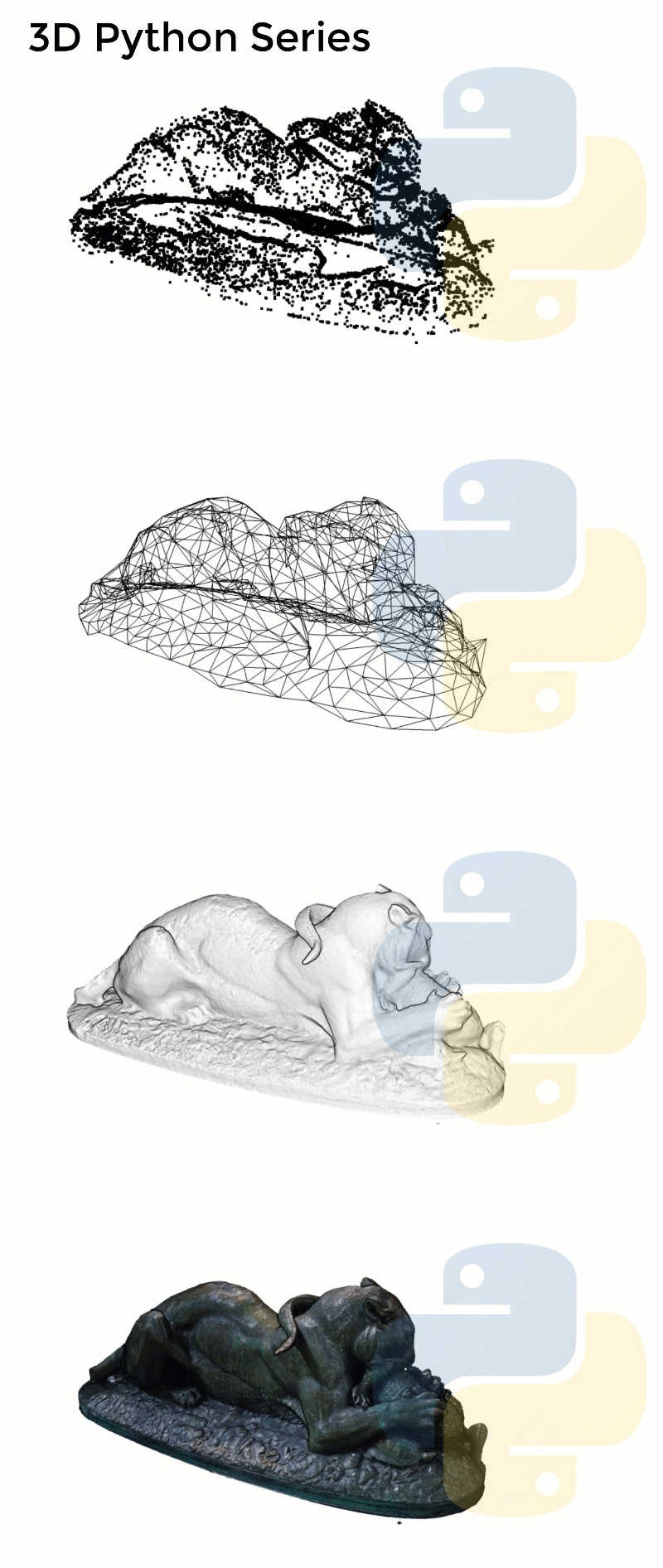BREAKING NEWS
LATEST POSTS
-
Why Streaming Content Could Be Hollywood’s Final Act
https://www.forbes.com/sites/carolinereid/2024/10/24/why-streaming-could-be-hollywoods-final-act/
The future of Hollywood was reshaped in 1997 with the founding of Netflix, an innovative mail-order DVD rental business by Reed Hastings and Marc Randolph. Unlike traditional rentals, Netflix allowed subscribers to retain DVDs as long as they wanted but required returns before ordering more, allowing the company to collect uninterrupted subscription fees. By 2009, Netflix was shipping nearly a billion DVDs annually but had already set its sights on streaming. The transition to streaming, launched in 2007, faced initial challenges due to limited broadband availability but soon became popular, outpacing the DVD business and bringing Netflix millions of subscribers.
Netflix’s dominance drove traditional media giants to reevaluate their strategies. Disney, initially hesitant, eventually licensed its vast library to Netflix, contributing to the latter’s rise. However, by 2017, Disney pivoted to launch its own platform, Disney+, breaking its Netflix partnership and acquiring 21st Century Fox for content diversification. Disney’s decision sparked a broader industry shift as other studios also developed streaming services, aiming to retain full revenue from direct-to-consumer content instead of sharing it with theaters or traditional networks.
Disney+ quickly gained traction, especially during the pandemic, reaching millions of subscribers and temporarily boosting Disney’s stock. However, the reliance on streaming and subscriber growth strained Disney financially, with high operating costs and content expenses. Content exclusivity backfired, creating complexity for fans, particularly with interconnected Marvel shows, and contributing to user dissatisfaction. Additionally, Disney’s decision to release films like Black Widow simultaneously in theaters and on streaming led to backlash, lawsuits, and lost box office revenue, highlighting the downsides of simultaneous releases.
Facing ballooning expenses and subscriber attrition post-pandemic, Disney’s leadership returned to more traditional revenue models, emphasizing exclusive theater releases and licensing content to third parties. They also introduced cost-saving measures like job cuts and content reductions to stabilize financial losses. This shift echoes a partial return to pre-streaming industry norms as Disney and other studios explore “always-on” channels within their streaming platforms, aiming to balance direct consumer access with sustainable profit models.
-
Björn Ottosson – OKlch color space
Björn Ottosson proposed OKlch in 2020 to create a color space that can closely mimic how color is perceived by the human eye, predicting perceived lightness, chroma, and hue.
The OK in OKLCH stands for Optimal Color.
- L: Lightness (the perceived brightness of the color)
- C: Chroma (the intensity or saturation of the color)
- H: Hue (the actual color, such as red, blue, green, etc.)

Also read:
-
Motionity – The free, open source web-based motion graphics editor for everyone
https://www.producthunt.com/products/motionity
Motionity is an free and open source animation editor in the web. It’s a mix of After Effects and Canva, with powerful features like keyframing, masking, filters, and more, and integrations to browse for assets to easily drag and drop into your video.
-
Open Shading Language (OSL) by Larry Gritz
Open Shading Language (OSL) is a small but rich language for programmable shading in advanced renderers and other applications, ideal for describing materials, lights, displacement, and pattern generation.
https://open-shading-language.readthedocs.io/en/main/
https://github.com/AcademySoftwareFoundation/OpenShadingLanguage
https://github.com/sambler/osl-shaders
Learn OSL in a few minutes
https://learnxinyminutes.com/docs/osl/
FEATURED POSTS
-
Control GoPro with Apple & Android Mobile Devices via Triggertrap and HydRemote
httpv://www.youtube.com/watch?v=U–2NHlHrqU
-
VFX pipeline – Render Wall Farm management topics
1: Introduction Title: Managing a VFX Facility’s Render Wall
- Briefly introduce the importance of managing a VFX facility’s render wall.
- Highlight how efficient management contributes to project timelines and overall productivity.
2: Daily Overview Title: Daily Management Routine
- Monitor Queues: Begin each day by reviewing render queues to assess workload and priorities.
- Resource Allocation: Allocate resources based on project demands and available hardware.
- Job Prioritization: Set rendering priorities according to project deadlines and importance.
- Queue Optimization: Adjust queue settings to maximize rendering efficiency.
3: Resource Allocation Title: Efficient Resource Management
- Hardware Utilization: Distribute rendering tasks across available machines for optimal resource usage.
- Balance Workloads: Avoid overloading specific machines while others remain underutilized.
- Consider Off-Peak Times: Schedule resource-intensive tasks during off-peak hours to enhance overall performance.
4: Job Prioritization Title: Prioritizing Rendering Tasks
- Deadline Sensitivity: Give higher priority to tasks with imminent deadlines to ensure timely delivery.
- Critical Shots: Identify shots crucial to the project’s narrative or visual impact for prioritization.
- Dependent Shots: Sequence shots that depend on others should be prioritized together.
5: Queue Optimization and Reporting Title: Streamlining Render Queues
- Dependency Management: Set up dependencies to ensure shots are rendered in the correct order.
- Error Handling: Implement automated error detection and requeueing mechanisms.
- Progress Tracking: Regularly monitor rendering progress and update stakeholders.
- Data Management: Archive completed renders and remove redundant data to free up storage.
- Reporting: Provide daily reports on rendering status, resource usage, and potential bottlenecks.
6: Conclusion Title: Enhancing VFX Workflow
- Effective management of a VFX facility’s render wall is essential for project success.
- Daily monitoring, resource allocation, job prioritization, queue optimization, and reporting are key components.
- A well-managed render wall ensures efficient production, timely delivery, and overall project success.





